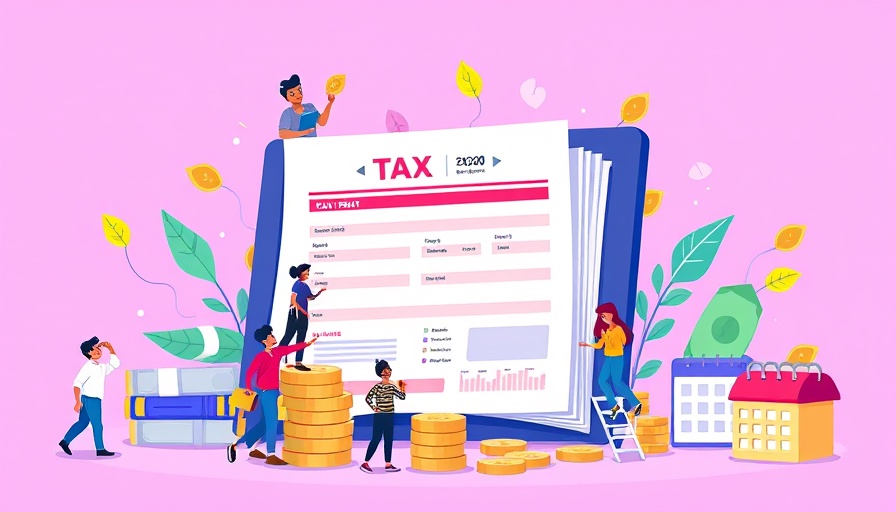
Understanding IRS Form 941: A Business Essential
IRS Form 941, known as the Employer's Quarterly Federal Tax Return, is a critical component for businesses with employees in the United States. It serves two major purposes: it reports payroll tax withholdings and outlines an employer's responsibilities concerning Social Security and Medicare taxes. Understanding the ins and outs of Form 941 is essential for maintaining compliance with federal tax regulations.
Who Needs to File Form 941?
Generally, most employers must file Form 941 quarterly. However, there are exceptions. For instance, businesses that only employ household workers (like maids or nannies) or strictly farm laborers may have different filing requirements. Seasonal businesses only need to file during active quarters when they have employees. Therefore, it’s crucial for businesses to consult the IRS guidelines to confirm their filing necessity.
Steps to Successfully File IRS Form 941
Filing IRS Form 941, while vital, can be simplified by following specific steps. Here’s a straightforward breakdown of how to handle the form:
- Begin with Business Information: Provide your business details and mark the reporting quarter at the top of the form.
- Part 1 - Wages and Withholdings: Enter relevant figures, including employee wages and tax obligations.
- Part 2 - Deposit Schedule: Indicate your deposit frequency according to your business operations.
- Parts 3 & 4: These sections, focused on tax credits and adjustments, can be completed using straightforward calculations but ensure accuracy to prevent discrepancies.
Leveraging tax software can automate many calculations, making the filing process smoother and minimizing potential mistakes.
Why Compliance Matters
Understanding and correctly filing Form 941 ensures your business remains compliant with federal regulations. Missing deadlines or failing to file can lead to penalties and fees that could affect your financial health and reputation. For financial institutions and lenders, understanding these requirements can also be vital as they assess business loan applications and the overall reliability of potential clients.
Final Thoughts on IRS Form 941
Awareness of IRS Form 941 filing requirements and processes is essential for all employers. Staying informed not only keeps your business compliant but also reinforces your reputation with financial partners. If you're feeling uncertain about your obligations, consulting a tax professional can provide clarity and peace of mind.
 Add Row
Add Row  Add
Add 




Write A Comment